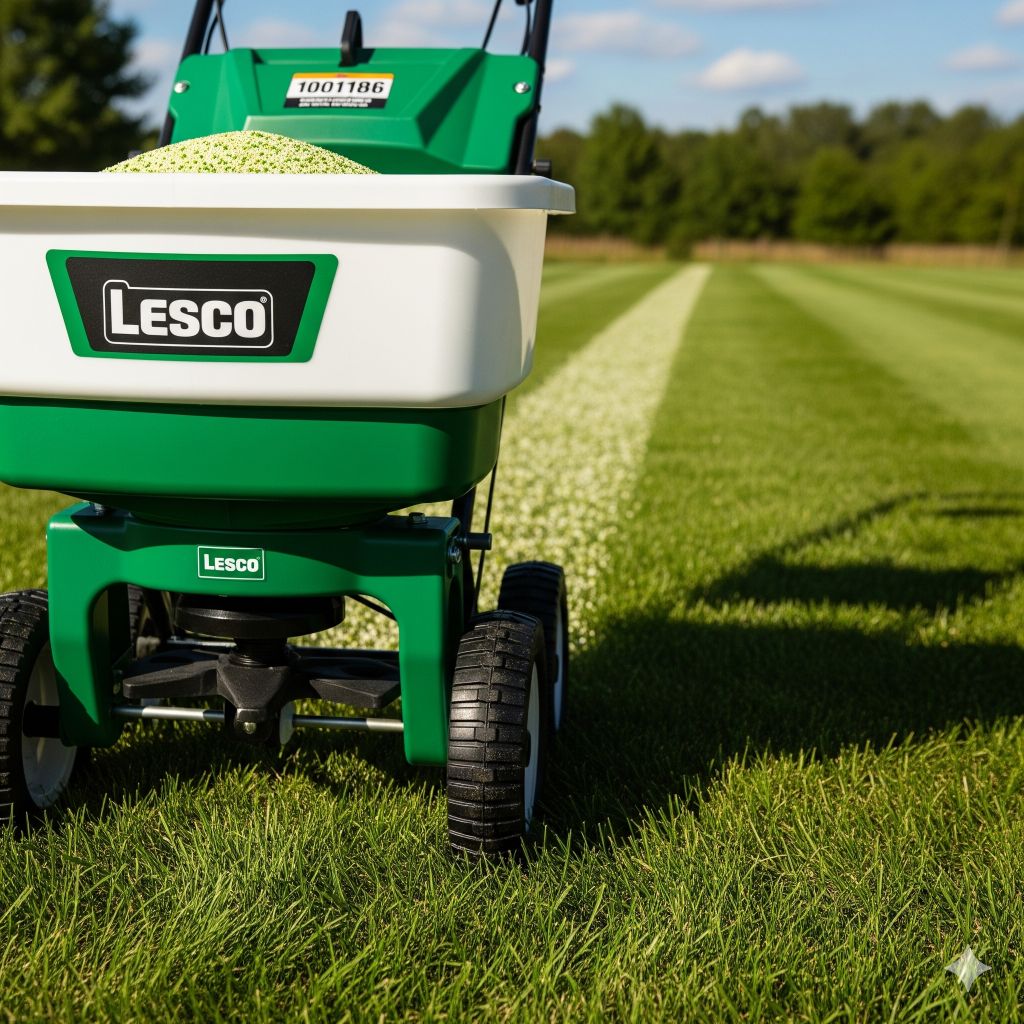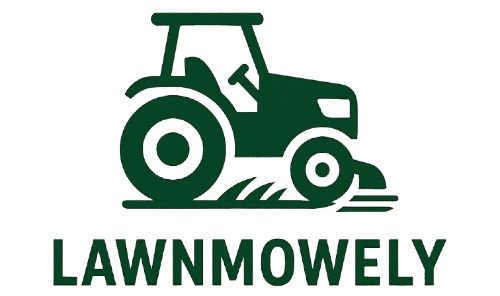
Lesco spreaders are among the most popular choices for professionals and homeowners who want consistent results when applying fertilizer, grass seed, lime, ice melt, or herbicides. Their build quality, precise calibration, and large hopper capacity make them stand out from other brands like Scotts, Agri-Fab, and Earthway. However, the key to getting the best results with a Lesco spreader lies in using the correct settings for the material you are spreading.
This guide covers Lesco spreader settings charts, calibration methods, comparisons with other brands, and expert tips so you can maximize efficiency and accuracy.
Why Lesco Spreaders Stand Out
Before diving into charts, it helps to understand what makes Lesco spreaders a preferred option:
- Durable Construction – Powder-coated steel frames and heavy-duty wheels.
- Large Hopper Capacity – 50–80 lbs, suitable for professional lawn care.
- Precision Gate Control – Allows better accuracy for granular and fine materials.
- Consistent Distribution – Especially important for fertilizers and seeds to prevent streaking.
- Versatile Applications – Works for fertilizers, seeds, ice melt, and herbicides.
Lesco Spreader Settings Charts
Here are general recommended settings for different materials. Always calibrate for your specific product, since fertilizer and seed densities vary.
1. Fertilizer Settings
| Material Type | Setting | Spread Width | Speed |
|---|---|---|---|
| Granular Fertilizer | 12–14 | 8–10 ft | 3 mph |
| Pelletized Fertilizer | 12–16 | 10–12 ft | 3 mph |
| Organic Fertilizer | 14–18 | 6–8 ft | 3 mph |
2. Grass Seed Settings
| Seed Type | Setting | Spread Width | Speed |
|---|---|---|---|
| Fine Grass Seed | 8–10 | 6–7 ft | 3 mph |
| Coarse Grass Seed | 10–12 | 8–9 ft | 3 mph |
3. Lime & Soil Amendments
| Material | Setting | Spread Width | Speed |
|---|---|---|---|
| Pulverized Lime | 14–18 | 5–6 ft | 3 mph |
| Pelletized Lime | 12–16 | 8–10 ft | 3 mph |
4. Ice Melt & Salt
| Material | Setting | Spread Width | Speed |
|---|---|---|---|
| Ice Melt | 20–22 | 10–12 ft | 3 mph |
| Rock Salt | 22–24 | 12–14 ft | 3 mph |
How to Calibrate a Lesco Spreader
Calibration ensures that the spreader applies the correct amount of material.
- Check product label – Most fertilizers and seeds provide spreader settings.
- Weigh a test amount – For example, 5 lbs of fertilizer.
- Mark a test area – Typically 1,000 sq ft.
- Set the spreader – Use the recommended starting setting.
- Walk at steady speed (3 mph) – Push or tow evenly.
- Measure leftover material – If too much remains, open the gate more; if too little, reduce the opening.
- Record the accurate setting for future use.
Lesco vs Other Spreaders
Here’s a quick comparison of Lesco with other popular brands:
| Brand | Strengths | Weaknesses |
|---|---|---|
| Lesco | Professional-grade, high accuracy, durable, large hopper | Heavier, more expensive |
| Scotts | Widely available, beginner-friendly, affordable | Less durable, smaller hopper |
| Agri-Fab | Tow-behind models available, versatile | Calibration takes practice |
| Earthway | Lightweight, easy to push, good for homeowners | Less consistent spread at wide widths |
Pro Tips for Using a Lesco Spreader
- Overlap slightly to avoid streaks in your lawn.
- Clean after each use to prevent fertilizer corrosion.
- Store indoors to protect the mechanism from rust.
- Lubricate moving parts regularly.
- Use deflector kits when spreading near driveways or flower beds.
- Adjust for material size – coarse products need wider settings.
Troubleshooting Common Problems
- Uneven Spread – Walk too fast/slow or gate not properly adjusted.
- Clogging – Moisture in fertilizer; clean and dry hopper.
- Rusting – Store indoors and rinse after spreading corrosive materials.
- Skipping or Streaking – Overlap rows slightly more.
FAQs
1. What setting should I use for Scotts fertilizer on a Lesco spreader?
Start with setting 12 and adjust after a test pass. Scotts fertilizers are granular, so this is a good baseline.
2. Can I use a Lesco spreader for ice melt in winter?
Yes, Lesco spreaders are durable enough for salt and ice melt. Use higher settings (20–24) depending on product size.
3. How wide does a Lesco spreader broadcast?
Typically between 6–12 feet depending on product density and settings.
4. Do I need to calibrate my Lesco spreader every time?
Not always. If you’re using the same product, you can reuse the last setting. But always calibrate when switching to a new material.
5. Are Lesco spreaders worth the higher cost?
Yes, if you need durability, large capacity, and precision. They’re widely used by lawn care companies.
Final Thoughts
Lesco spreaders are built for accuracy and durability, making them one of the best tools for lawn care professionals and serious homeowners. With proper calibration and the right settings, you’ll get even fertilizer, seed, and ice melt distribution without wasting product. Compared to other brands, Lesco offers greater precision and long-term reliability.
Using the charts and tips in this guide, you can confidently set up your Lesco spreader for a wide variety of lawn care and maintenance applications.

I’m David man behind Lawn Mowerly; I’ve been dealing with lawnmowers and Tractors with my father since I was a kid. I know every make and model and what each one is capable of and love helping people find the perfect equipment for their needs.
